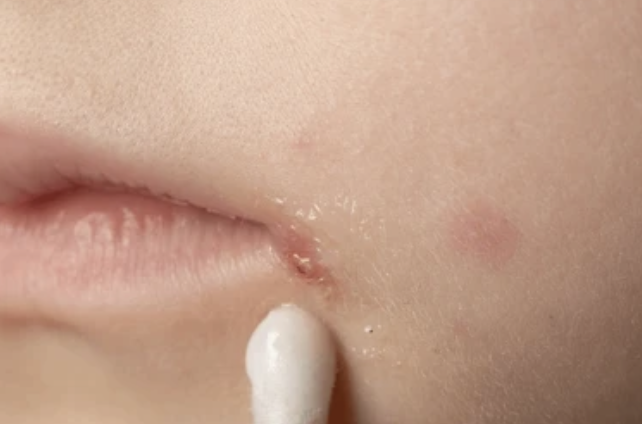IMPETIGO – SYMPTOMS & CAUSES
London Dermatology | 18 October 2024
Infants and young children are most affected by impetigo, a common and extremely infectious skin condition. Usually, it manifests as reddish sores on the face, particularly on the hands, feet, and around the mouth and nose. The sores rupture and form honey-colored crusts over the course of a week or more.
Antibiotic treatment helps prevent impetigo from spreading to other people. Until they are no longer infectious, which is typically 24 hours after starting antibiotic therapy, keep them at home from creche or school.
Reddish lesions, frequently around the mouth and nose, are the primary sign of impetigo. The lesions burst rapidly, leak for a few days, and then develop a crust the colour of honey. Through contact, clothes, and towels, sores can spread to other parts of the body. Soreness and itching are usually not severe.
Babies and young children with bullous impetigo, a less prevalent type of the ailment, develop bigger blisters on their trunks. Ecthyma is a severe kind of impetigo that results in excruciating sores filled with pus or fluid.
The germs that cause impetigo are often staphylococci.
When you come into contact with an infected person’s sores or with anything they have touched, including toys, bed linens, towels, or clothing, you may be exposed to the bacterium that causes impetigo.
Factors that increase the risk of impetigo include:
Age. Impetigo occurs most commonly in children ages 2 to 5.
Close contact. Impetigo spreads easily within families, in crowded settings, such as schools and child care facilities, and from participating in sports that involve skin-to-skin contact.
Warm, humid weather. Impetigo infections are more common in warm, humid weather.
Broken skin. The bacteria that cause impetigo often enter the skin through a small cut, insect bite or rash.
Other health conditions. Children with other skin conditions, such as atopic dermatitis (eczema), are more likely to develop impetigo. Older adults, people with diabetes or people with a weakened immune system are also more likely to get it.

